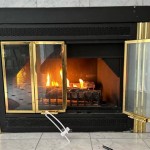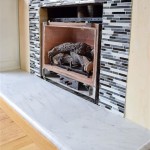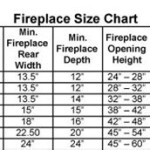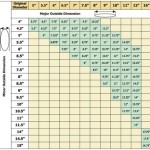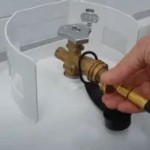Wood Burning Fireplace Without Masonry Chimney
A traditional wood-burning fireplace typically requires a masonry chimney, a large and permanent structure that can be both costly and challenging to install. However, advances in fireplace technology have led to the development of wood-burning fireplaces that operate without a masonry chimney, offering a viable alternative for homeowners who desire the ambiance and warmth of a fireplace without the complexities of traditional chimney construction. These fireplaces, often referred to as "ventless" or "direct-vent" fireplaces, utilize innovative design features and venting systems to safely and efficiently exhaust combustion byproducts.
Ventless Fireplaces: Simplicity and Convenience
Ventless fireplaces are designed to operate without a traditional chimney, relying instead on a system of internal combustion and air circulation. They typically feature a sealed combustion chamber that prevents smoke and other pollutants from escaping into the living space. The byproducts of combustion are released into the room through a small vent that is often disguised as a decorative element. While ventless fireplaces offer convenience and simplicity, it is crucial to note that they are not suitable for all locations. They require adequate ventilation and may have limitations in terms of usage depending on local regulations and the size of the room.
Ventless fireplaces are generally smaller than traditional fireplaces, making them ideal for smaller homes or rooms. They also offer a high level of energy efficiency as the heat produced by the fire is contained within the room. However, it is essential to ensure sufficient room ventilation to prevent a buildup of combustion byproducts, and these fireplaces may not be appropriate for homes with sensitive occupants or those prone to respiratory issues.
Direct-Vent Fireplaces: Efficiency and Control
Direct-vent fireplaces offer a more efficient and controlled alternative to ventless fireplaces. They utilize a sealed combustion chamber and a specialized vent that extends to the exterior of the home, allowing the exhaust gases to be safely dispersed directly outdoors. The direct-vent system provides more efficient heat transfer, reducing the amount of heat lost through the chimney. Additionally, direct-vent fireplaces are often more powerful than ventless models, capable of heating larger spaces effectively.
Direct-vent fireplaces are available in a variety of styles and sizes, offering flexibility for different home aesthetics and needs. They also provide a higher level of safety compared to ventless fireplaces, as they prevent the release of combustion byproducts into the living space. However, the installation of a direct-vent system requires careful planning and may involve some structural modifications, potentially increasing installation costs.
Factors to Consider When Choosing a Wood-Burning Fireplace Without a Masonry Chimney
When considering a wood-burning fireplace without a masonry chimney, it is crucial to evaluate several factors to ensure the best choice for your home:
- Room size and ventilation: Ensure the chosen fireplace model is appropriate for the size of your room and that adequate ventilation is available for proper combustion and exhaust.
- Installation requirements: Understand the installation process and any potential structural modifications required for a ventless or direct-vent system.
- Local regulations: Check with your local building codes and regulations to confirm the legality and safety of installing a ventless or direct-vent fireplace in your area.
- Energy efficiency and heating capacity: Consider the heating capacity of the fireplace and its efficiency, ensuring it can adequately heat the desired space.
- Style and aesthetics: Choose a fireplace that complements the style and design of your home.
While a traditional masonry chimney offers a timeless aesthetic and enduring functionality, wood-burning fireplaces without masonry chimneys present attractive alternatives for homeowners seeking a fireplace experience without the significant investment and complexities associated with traditional chimney construction. Ventless and direct-vent fireplaces offer a range of benefits, including ease of installation, energy efficiency, and design flexibility. However, it is crucial to carefully consider the specific requirements and limitations of each system to ensure that the chosen fireplace is safe, efficient, and meets your individual needs.

Installing A Wood Burner Without Chimney Direct Stoves

Wood Burning Stove No Chimney Log Burner Without Arada Stoves

Can I Have A Fireplace Without Chimney Vertical Care

Zero Clearance Vs Prefabricated Fireplace Full Service Chimney

How To Vent A Gas Fireplace Without Chimney Vertical Care

How Fireplace Inserts Work We Love Fire

What Is A Freestanding Wood Stove Fireplace Service Experts

Fitting A Wood Burning Stove In Property With No Chimney Simon Turner Showrooms Devon

New Wood Burning Prefab Fireplaces Complete Fireplace Installs

Wood Burning Fireplaces Inserts Full Service Chimney
Related Posts

